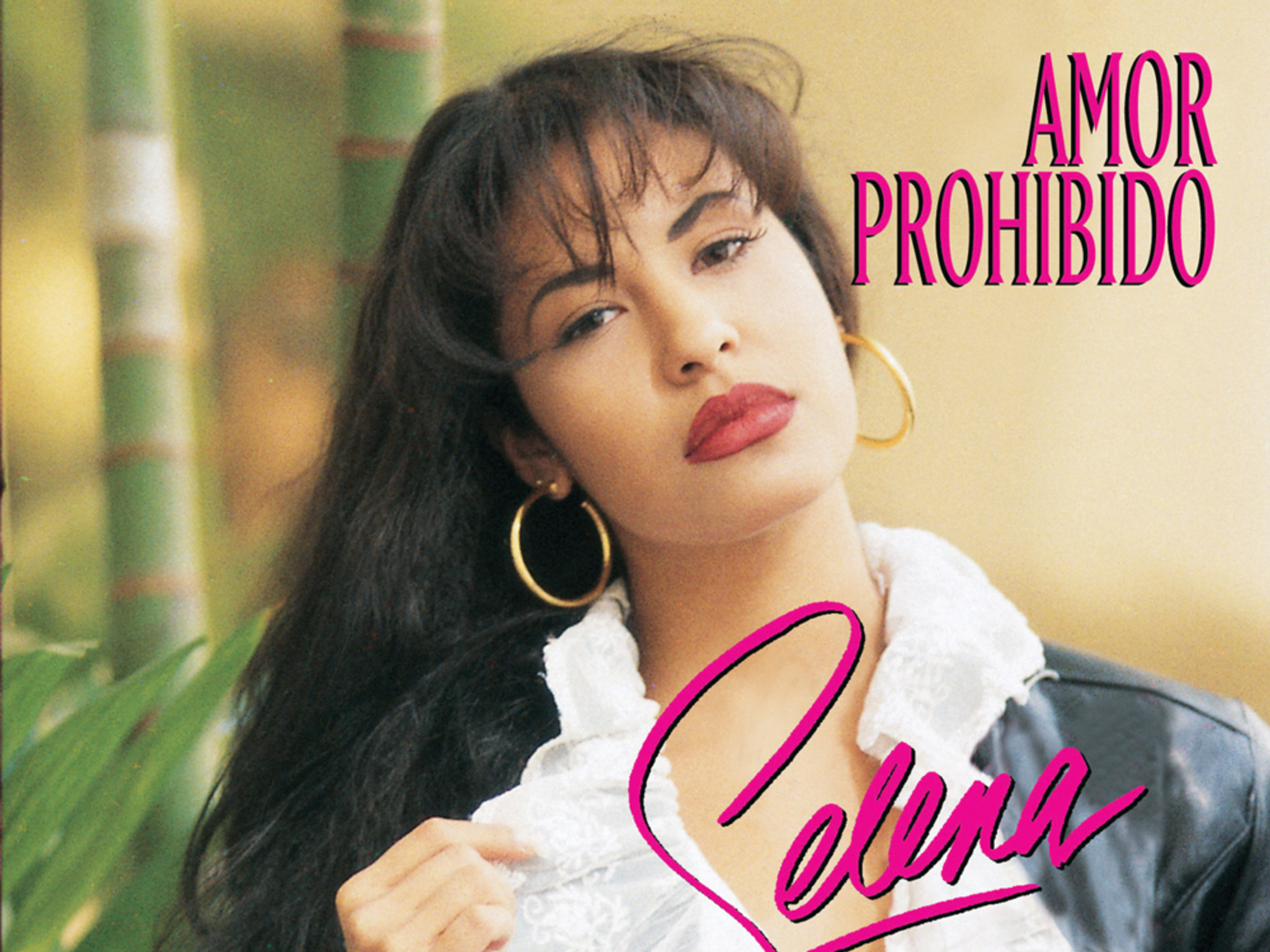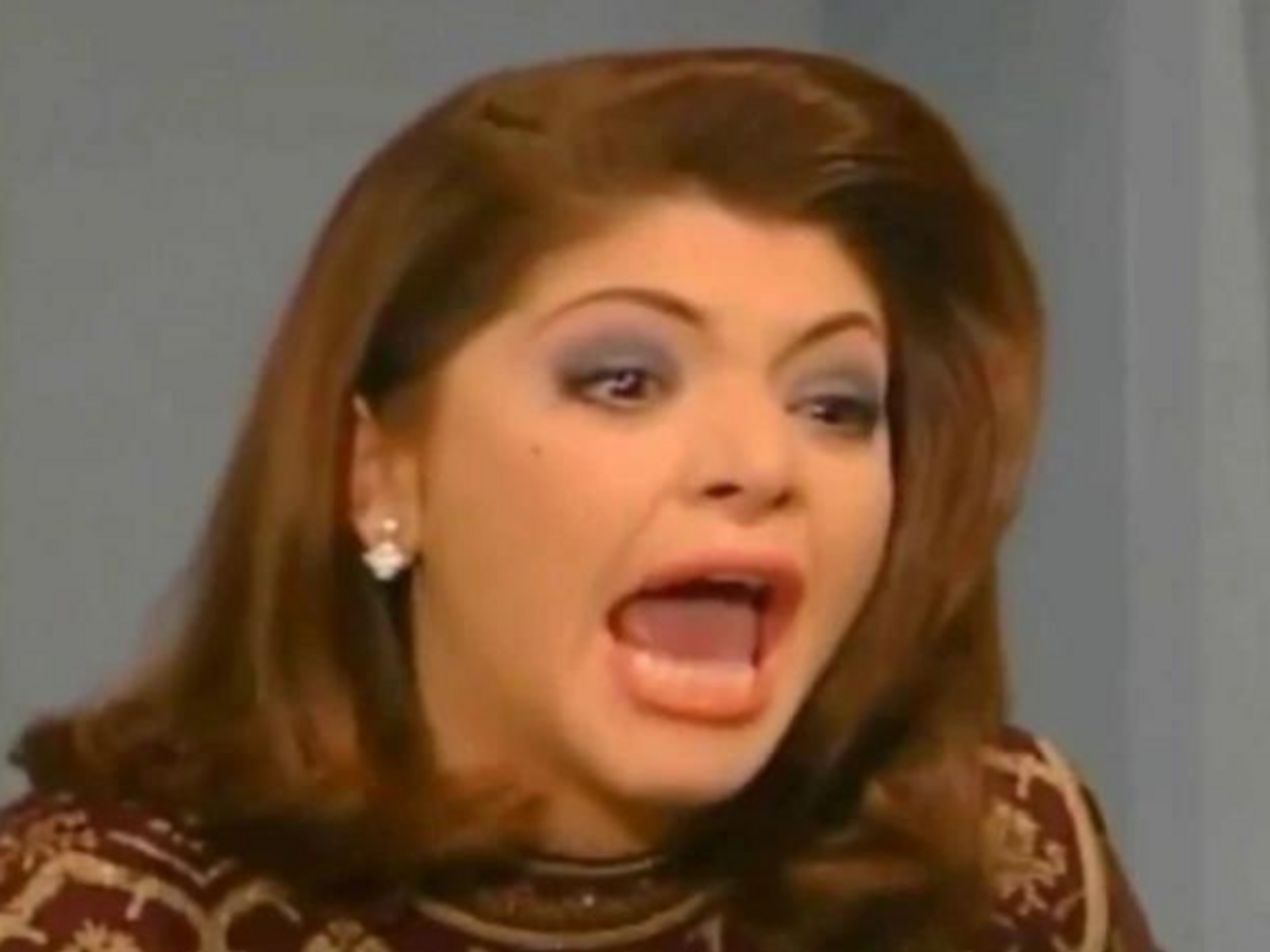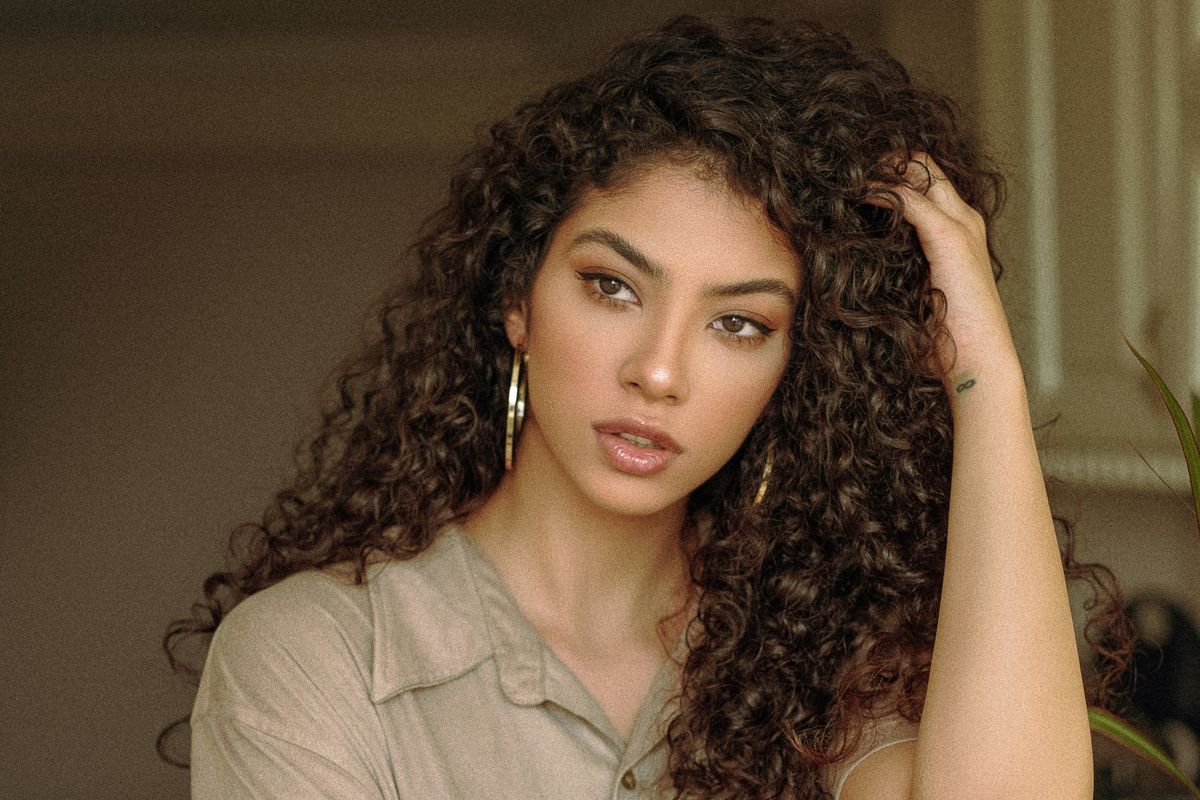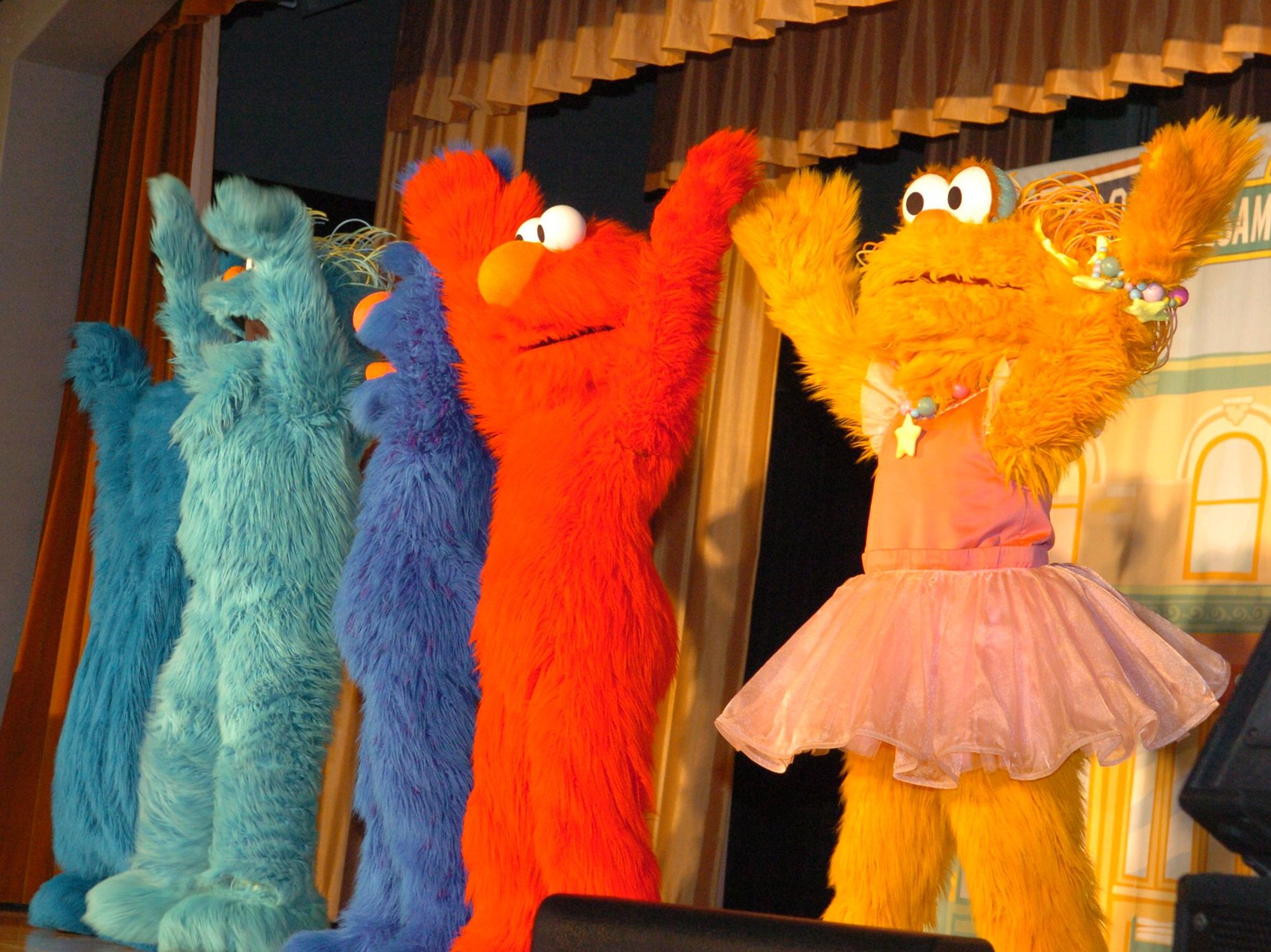
The 90s remain a beloved era for many who experienced the transition of tech, pop music, and fashion. From flip phones to itty bitty crop tops that didn’t cover nearly enough (please, Gen Z, leave the cringe 90s fashion in the past where it belongs), the 90s hold a special place in our hearts. If you want to feel the nostalgia, here are 10 ways to tell you’re 90’s Latina through and through:
Selena Quintanilla was (and still is) your queen

For 90's Latinas, Selena Quintanilla wasn't just a singer; she was an icon. She was talented, beautiful, stylish, and warm, and her cultural impact lives on to this day. If you grew up singing "Como La Flor" into your hairbrush and dreaming of having Selena’s wardrobe, you're definitely a 90's Latina.
Your closet was all about flannel and denim

The 90s were all about grunge fashion, and Latinas embraced it better than anyone. Whether it was pairing a flannel shirt with ripped jeans or sporting a denim jacket accessorized with patches, you did it all. Don’t even get us started on Colombian jeans, the low-rise ones popularized by Shakira in her “Whenever, Wherever” music video. We all had a pair of those, and unless you looked just like Shakira or Christina Aguilera, you probably hated them as much as the dreaded crop top. We won’t get into the body dysmorphia and body image problems 90’s fashion created… (this part, we definitely don’t miss).
Boy bands and pop divas were your jam

From Ricky Martin to Shakira, and from the Backstreet Boys to *NSYNC, the 90s were a golden age for boy bands and pop divas. The boy band Menudo even had a bit of a resurgence thanks to all that boy band craze. If your CD collection was filled with their albums, and you spent hours practicing dance moves from their music videos and declaring yourself a “genie in a bottle” ala Christina Aguilera, there’s no doubt you’re a 90's Latina.
You grew up watching telenovelas

Long before streaming services ruled the world, telenovelas were the ultimate form of entertainment for Latinas. Whether you were rooting for Thalía in "María la del Barrio" or swooning over Eduardo Yañez, your evenings were spent glued to the television, wrapped up in the drama and romance of it all. The fact that you had to wait for a new episode and count down the days until the grand finale, speaks to the power of overacted, hardly believable drama. Admit it, it was fun! And there’s nothing like that time with family sharing in the shocking moments unfolding.
You perfected the art of wearing butterfly clips

No 90's Latina's hair was complete without a bunch of butterfly clips in every color, glittery style, and size. Whether you preferred neon colors or glittery designs, the butterfly clips were a staple and you refused to leave the house without them. Nowadays, butterfly clips have made a bit of a comeback, and they’re still one of the most popular 90’s hairstyles people reference.
You had crunchy hair

Curly-haired Latinas were crazy about making their hair as hard and crunchy as possible. We’re sure every Latina did this at least once, even if you’ve suppressed the memory. The second you stepped out of the shower, you would drench your locks in gel and/or mousse until your hair was as stiff as humanly possible. And the straight-haired Latinas were trying every perm out there to try to get that curly look. Let’s be honest, it was a good time!
You watched “Sabado Gigante” religiously

For 90's Latinas, Saturday mornings meant one thing: "Sabado Gigante." Hosted by the legendary Don Francisco, the variety show was a staple of Latin American television and you just couldn’t miss it. The power of “Sabado Gigante” is difficult to explain; you just had to be there and we’re glad we were! We’re happy, of course, to leave the scantily clad product models in the past.
You adored your Tamagotchi
 Photo by COSMOH LOVE on Unsplash
Photo by COSMOH LOVE on UnsplashTamagotchis were more than just toys; they were our dear pets and friends. Were you a slave to a silly little virtual pet? Yes. But was it entertaining and did you love it? Also yes. Tamagotchis are iconic and they were a quintessential part of growing up in the 90's. They’re still around today, but nothing will beat the way we experienced them in the 90’s.
You practiced your Spanish with “Sesame Street”

Photo by USAG- Humphreys on Flickr
"Plaza Sésamo" was more than just a television show; it was a way for 90’s Latinas to practice their Spanish. From learning the alphabet to singing along with catchy songs, "Sesame Street" had a huge role in shaping the cultural identity of Latina children. It also paved the way for shows like Dora the Explorer to reach massive mainstream popularity in the 2000s.
You had the biggest crush on Chayanne

Album Cover "Tiempo de Vals" Credit: Sony Music
Honestly, who wouldn’t? Not only did Chayanne have the looks, but he also had the voice AND the dance moves. The phenomenon of Chayanne and the way he swept so many people off their feet should be studied. He didn’t try to copy the “cross-over” artists like Ricky Martin and Enrique Iglesias. Instead, he stuck to his native language of Spanish and it wasn’t until 1998, with his breakout role and song in “Dance with Me,” that he proved his charisma could carry over into the English-language market. He didn’t stay there long though, choosing to continue to mostly produce in Spanish.
Being a 90's Latina was quite a way of life and while times have changed a lot, those memories will always have a special place in our hearts.
- Latinas Have Always Been Fashion Trendsetters: These 5 Rising Fashion Brands Are Proof ›
- The Unrecognized Influence of Black and Latino Culture on Viral Trends ›
- 10 Ways to Tell You’re a 00s Latina ›
- 10 Ways to Tell You’re a Latina Millennial ›
- 10 Ways to Tell You’re a Latina Gen Z’er ›
- 8 Things You Didn't Know About Selena Quintanilla ›


 Photo by
Photo by  Photo by
Photo by  Photo by
Photo by  Photo by
Photo by  Photo by
Photo by  a group of monarch butterflies on a treePhoto by
a group of monarch butterflies on a treePhoto by 

